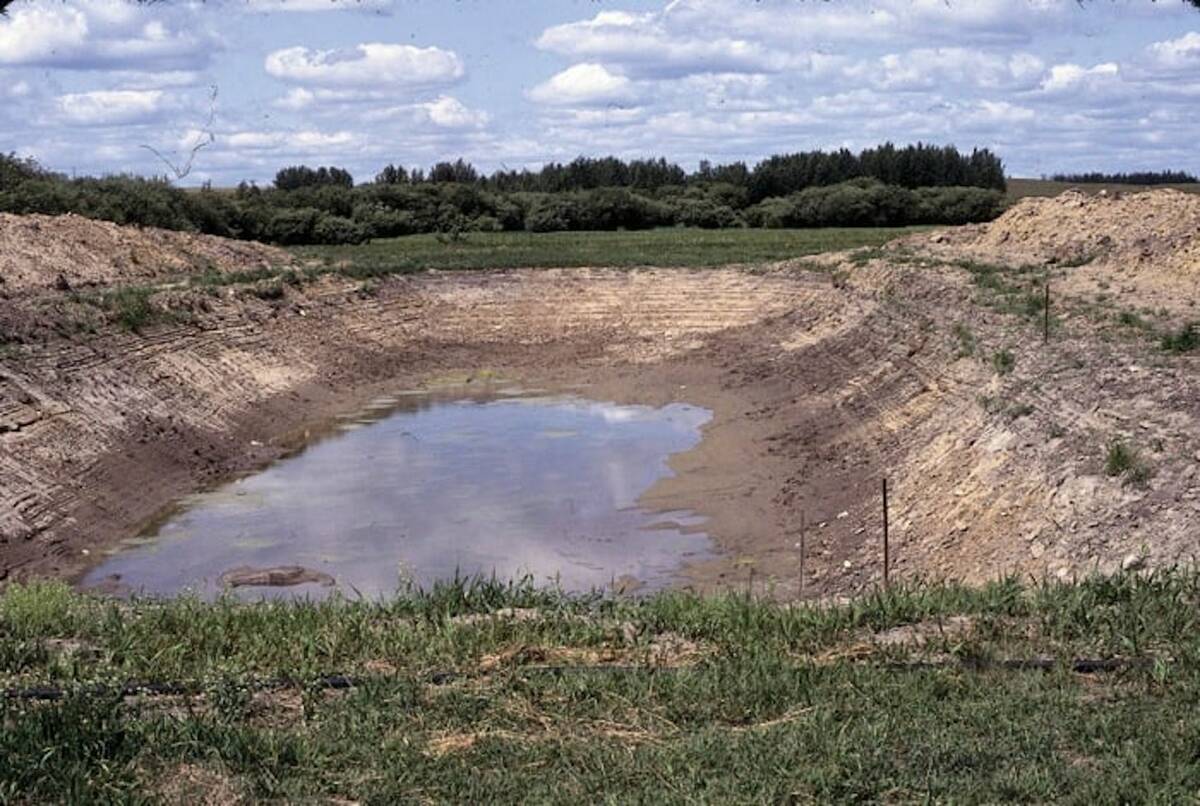Alberta’s brand inspections service received good grades from a recent independent study, but the authors also said revenue could drop if the service assumes additional duties.
Alberta Agriculture and the Alberta Cattle Commission requested a cost-benefit analysis of livestock inspection services, the province’s privatized brand inspection service previously provided by government.
The not-for-profit service started in November 1998 and performs a wide range of duties including brand inspection, bonding dealers and funding two full-time RCMP livestock investigators.
Brand inspection determines proper ownership of livestock and acts as a deterrent against theft. If there are questions regarding ownership at the time of sale, payment is withheld until the issue is cleared.
Read Also

Dry summer conditions can lead to poor water quality for livestock
Drought conditions in the Prairies has led to an decrease in water quality, and producers are being advised to closely monitor water quality for their animals.
The full report will be reviewed by the LIS board at its next meeting Dec. 7, said manager Ken Weir.
The study, conducted by the George Morris Centre, concluded the system gives good value for service according to most cow-calf operators and feedlots surveyed. It is efficient and manages to operate with relatively low overhead, the study said.
However, if LIS were required to offer extra administrative services such as monitoring a registered feedlot program, inspection revenue could be lost if the lots were charged a one-time annual fee based on average animal capacity.
Weir estimates this could cost an additional $1.87 million, which would have to be recovered elsewhere to keep the program solvent.
Brand inspection fees have remained at $1 per head since 1992. Last year, brand inspectors checked six million head.
The greatest users of the service are auction yards, federally inspected packers and feedlots.
Some feedlots with more than 10,000 head said they did not perceive any value because inventory controls in many modern yards do not rely on brand inspection for head counts or theft protection in the same way the cow-calf sector does.
In addition, the report encourages more involvement by LIS to stem the problem of conversion by strict enforcement of manifests to protect buyers and by running searches for property liens.
Conversion occurs when someone finances cattle and puts the livestock up as security. If the borrower does not repay the loan when those cattle are sold, banks have the right to pursue the buyers for payment.

















